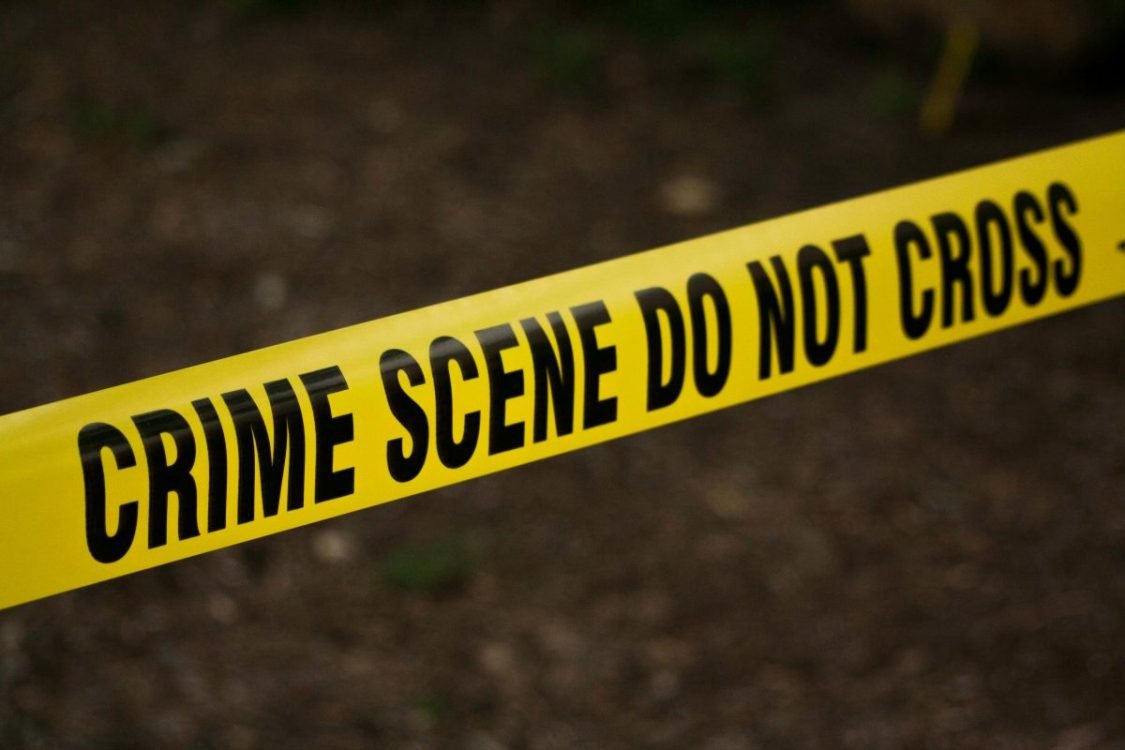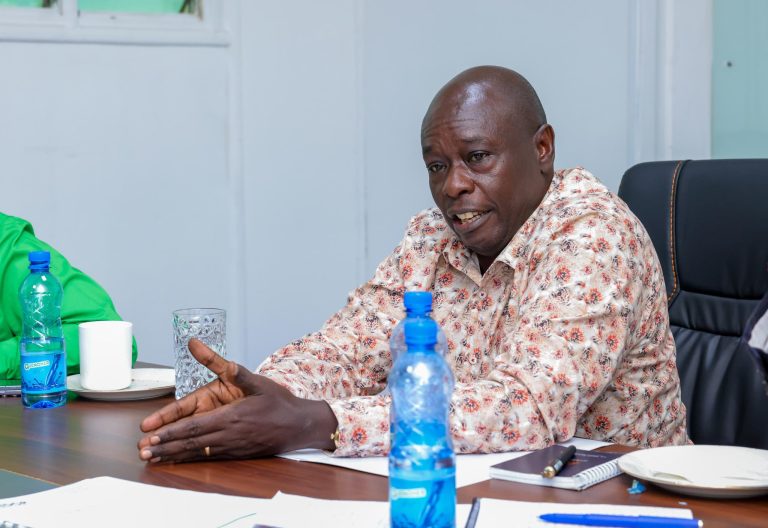Going indigenous to fight climate change impact

When Yunus Gabo was growing up, he loved the way the forest in his Kinna village in Isiolo county had a dense canopy of indigenous trees.
But slowly, he noticed that with extensive logging for charcoal burning and effects of climate change, the forest is now disappearing faster than before.
And even the few remaining indegionus tree have become too old. With residents solely relying on tree felling as their primary source of livelihood,the government continues to face a daunting task in its 10 per cent forest cover promise by 2022.
Statistics from the Kenya Open Data portal shows Isiolo has 1.35 million hectares of forest cover against a total land mass of 2.5 million hectares, which translates to 53.45 per cent.
However, human activities is grinding to a halt the county’s gains in forest cover excercerbating further effects of climate change.

Further, Covid-19 pandemic that has led to financial downtown, the resulting in fewer tree planting activities.
Consequently, Gabo gathered a group of young men and women to start indigenous tree nurseries to save the dissappearing forest around Kinna community.
In 2011, countries initiated The Bonn Challenge, a global effort to bring 150 million hectares of deforested and degraded land into restoration by 2020. As of now, countries have already pledged even more.
As part of this challenge, Kenya aims to plant trees on 5.1 million hectares of degraded land.
And the country’s official replanting policy recognises the importance of planting indigenous trees.
However, the constant expansion and illegal logging activities has masked many underlying problems of restoring degraded lands.
“We have seen how most rivers in Waso region are drying up and trees felled for charcoal burning.
We wanted our children to be able to grow up in a healthy environment. And since we have no powers to stop logging, we decided to conserve environment with the few indigenous tree species left,” Gabo narrates.
But why did the group settle on indigenous species such as acacia, lucern, agarsu and kumdhe and fruit trees?
“Since our county is in arid lands, most tree species cannot survive because of lack of water and so we settled on indigenous ones,” Gabo explains.
This year’s Desertification and Drought Day held on 17 June focused on turning degraded land into healthy land. Gabo says such restoring brings economic resilience and creates jobs.
As such, he co-founded Kinna Green Ambassadors (KiGA), a 17-member group initiative that plants indigenous trees for conservation in degraded forest areas in Kinna.
“We aim to conserve biodiversity and protect the natural and cultural environment through raising of indeginous seedlings,” notes Gabo.
KiGA Green Ambassadors’ members contributed the little money they could afford to start a tree nurseries situated seven to eight kilometres from their village.
“We collected Sh500 from each member and fundraised from well-wishers who gave us Sh1,000-2,000 to purchase seedling pots,” explains Gabo.
They then got tools and agronomical advise from Kenya Forest Service before embarking on the seed bed, nursery preparation and transplanting processes.
Today,the group has over 10,000 seedlings in their nursery at different stages.
They have planted indeginous trees in shools, churches, mosques and local health facilities in Isiolo South.
“We want to invole the pupils and students in tree planting activities to give them practical experiecences on matters of environment conservation,” he says.
The project now aims to reach other nine wards and expand to other counties neighbouring Isiolo.
Gender diversity
In a partriachal society such as where Gabo lives, women and girls are not represented in environment conservation issues. But there are women who have embraced forest conservation and are now making a change on others one tree at a time.
“In this community, women are regarded as voiceless. But I have managed to engage some of my friends to be part of the conservation efforts and it is paying off,” says Bushra Abdinoor Jilo, a nursing student at Isiolo county’s Kenya Medical Training College.
Mamo B Mamo, director general, National Environment Management Authority says that right to a clean and healthy environment comes with an individual responsibility.
“The healthier the ecosystem, the healthier we are. Lets give nature space to recover. Without addressing issues of ecosystem, it would be diffiecult to restore our damaged ecosystem,” said Mamo.
Gabo knew replanting forests alone would not be enough, so he encouraged group members to embark on extensive marketing of the initiative by planting trees.They aslso donated trees to various households to plant.
“Since charity begins at home, each member planted four tree seedlings. We gave some tress seedings for free, but also sold around 1,500 seedlings at Sh100 per seedling getting a total of Sh150,000 since we still needed to sustain ourselves,” explains Gabo.
Gabo says that all has not been smooth though.
“Our main challenge is financial stability to run the regreening activities because most of us are still students.
We lack knowledge and skills on tree seedlings management and agronomy because we don’t have an environmentalist amongst us,” he explains.
This year the group participated in Absa Bank Kenya’s Wall of Possibilites Initiative competition.
After battling it out with over 160 community-based projects addressing the Sustainabe Development Goals, KiGA emerged among the winners.
It received Sh2.9 million to support their regreening project as the first runners-up.
Moses Muthui, Absa Bank Chief Strategy Officer noted that the initiative aims to support local deserving community organisations that are making a real difference.
“We want to provide timely support to these community projects that have equally been severely impacted by Covid-19 and the work they do is important in enabling their communities’ growth,” he said when handing ovr he cheque in Nairobi.
For Gabo, the funding is a sign that the fruits of their initiative are now being seen.
“Majority of the youth here are educated, but they have no jobs. This initiative has helped reduce idleness while also engaging the society in greening Isiolo county,” he notes.
Abdi Omar, another member of the group, says since the pandemic broke, he was forced to close his clothes business.
“I’m not able to go back to my business again. But I am happy, I get something small to keep me going,” he says.
At KiGA,we want to do more, says Gabo.
“Plant indeginous trees in the neighbouring counties such as Garissa,Marsabit,Wajir and Mandera and later become a nationwide environmental agency,” he says in conclusion.










